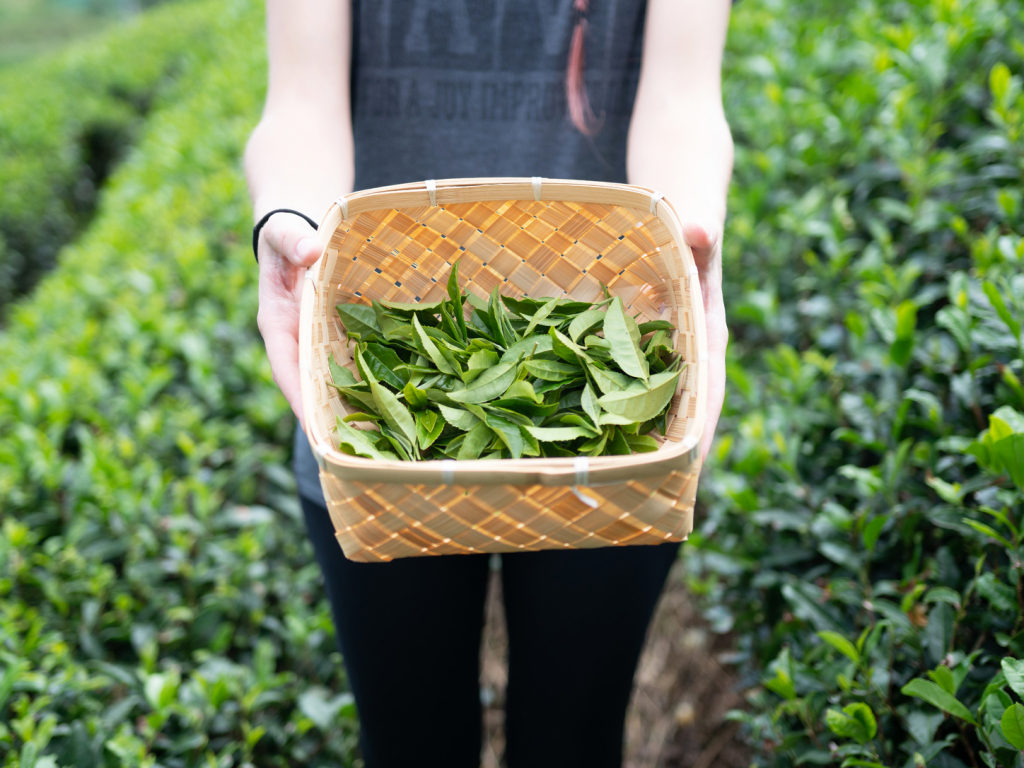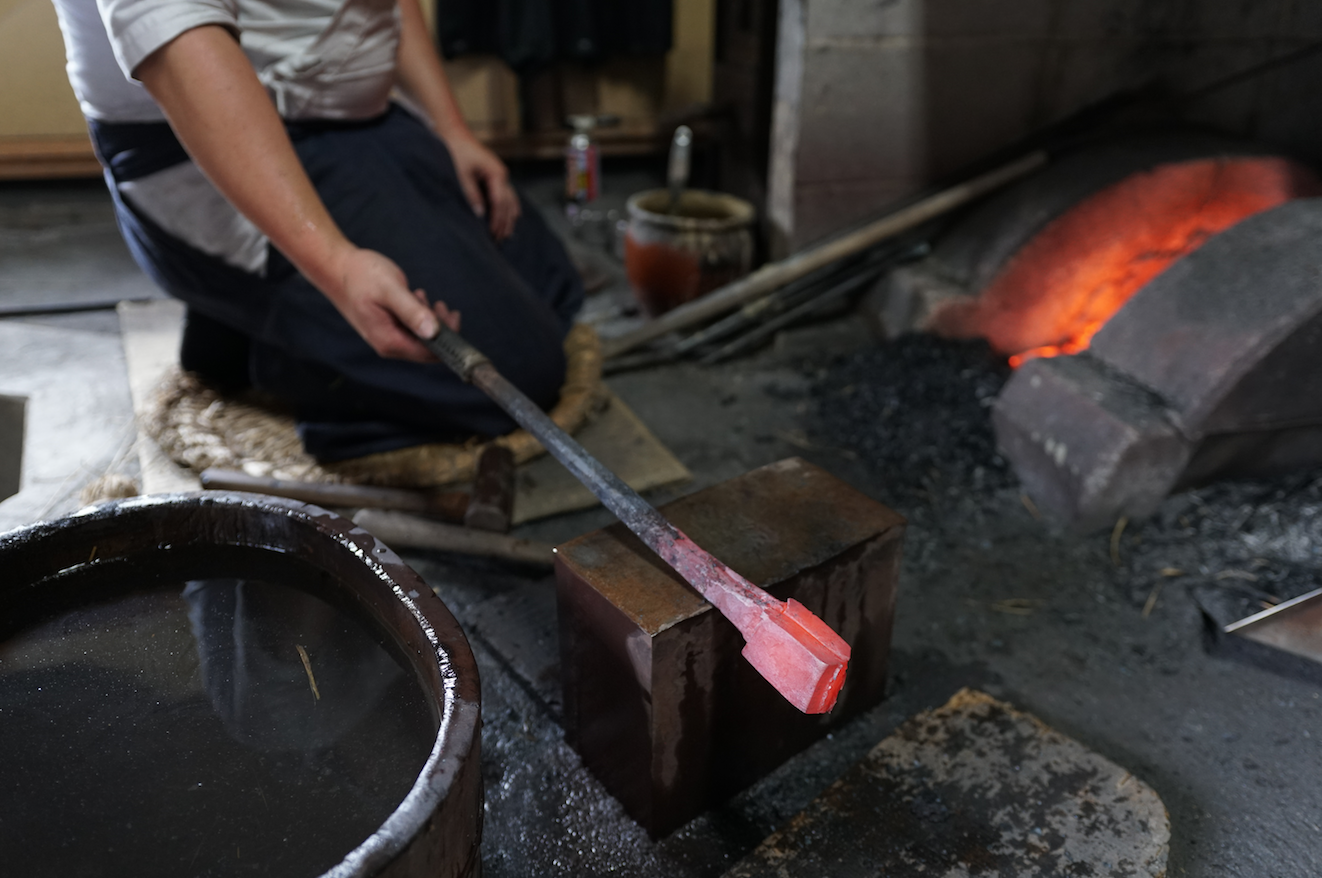Travelers flock to Kyoto for the temples, shrines, and geisha – all certainly must-see cultural points – but few tourists realize that there ’s a whole prefecture beyond the city itself. Getting out of the city and exploring the broader landscape of Kyoto opens up a wealth of possibilities for exciting adventure, unique food and drink, and some wonderful surprises along the way.
Southward into Greenery
Some of Japan’s most renowned tea farms are located just to the south of Kyoto city, and the Wazuka-cho tea fields are a great place to begin exploring the world of Japanese green tea. The scenery here is top notch, and some local growers have opened their fields to visitors. They can show you how to pick tea straight from the neatly trimmed hedgerows crawling over the hillsides. In no time at all, your hands will be flittering over the dark green tea bushes, expertly seeking out the finest leaves.
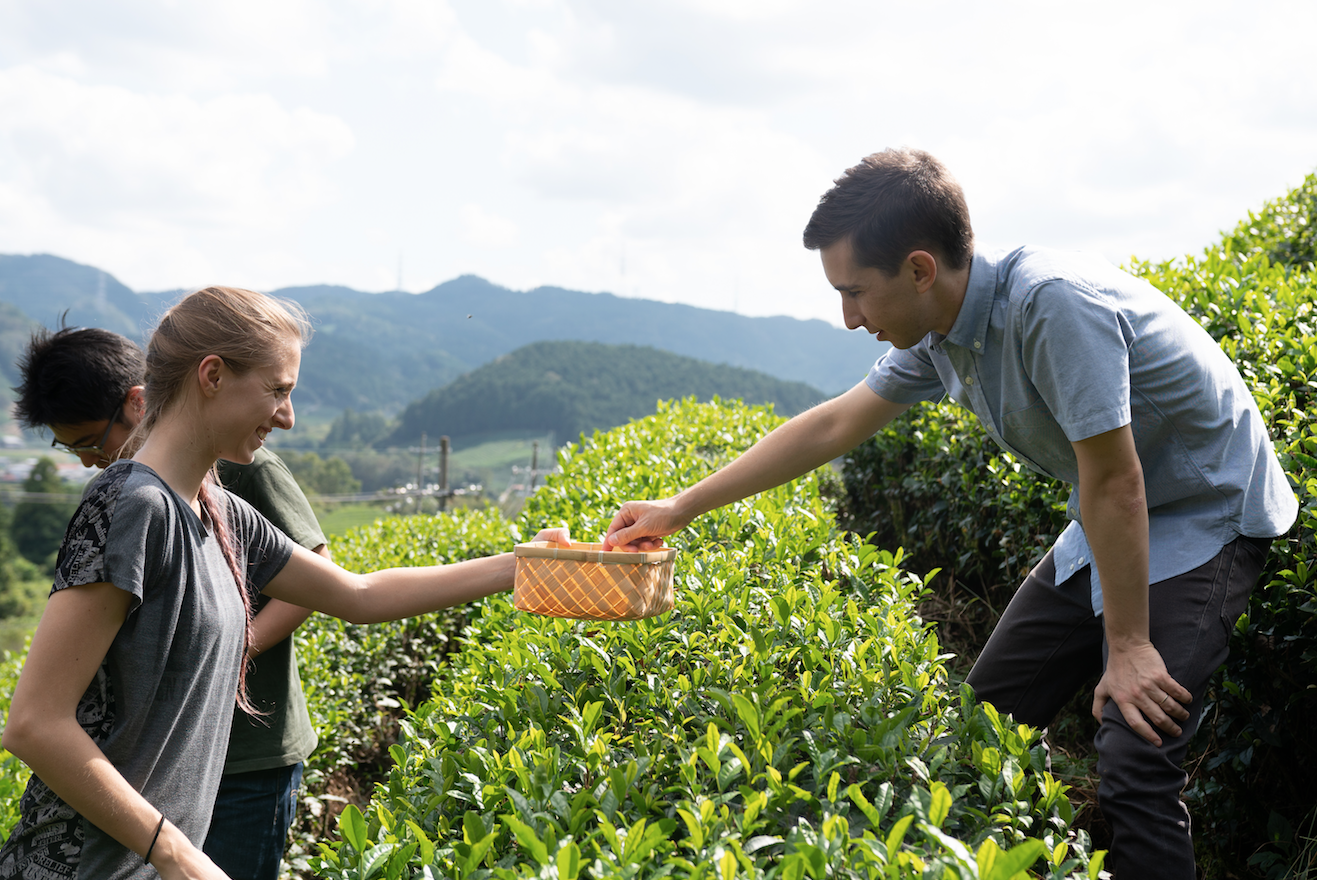
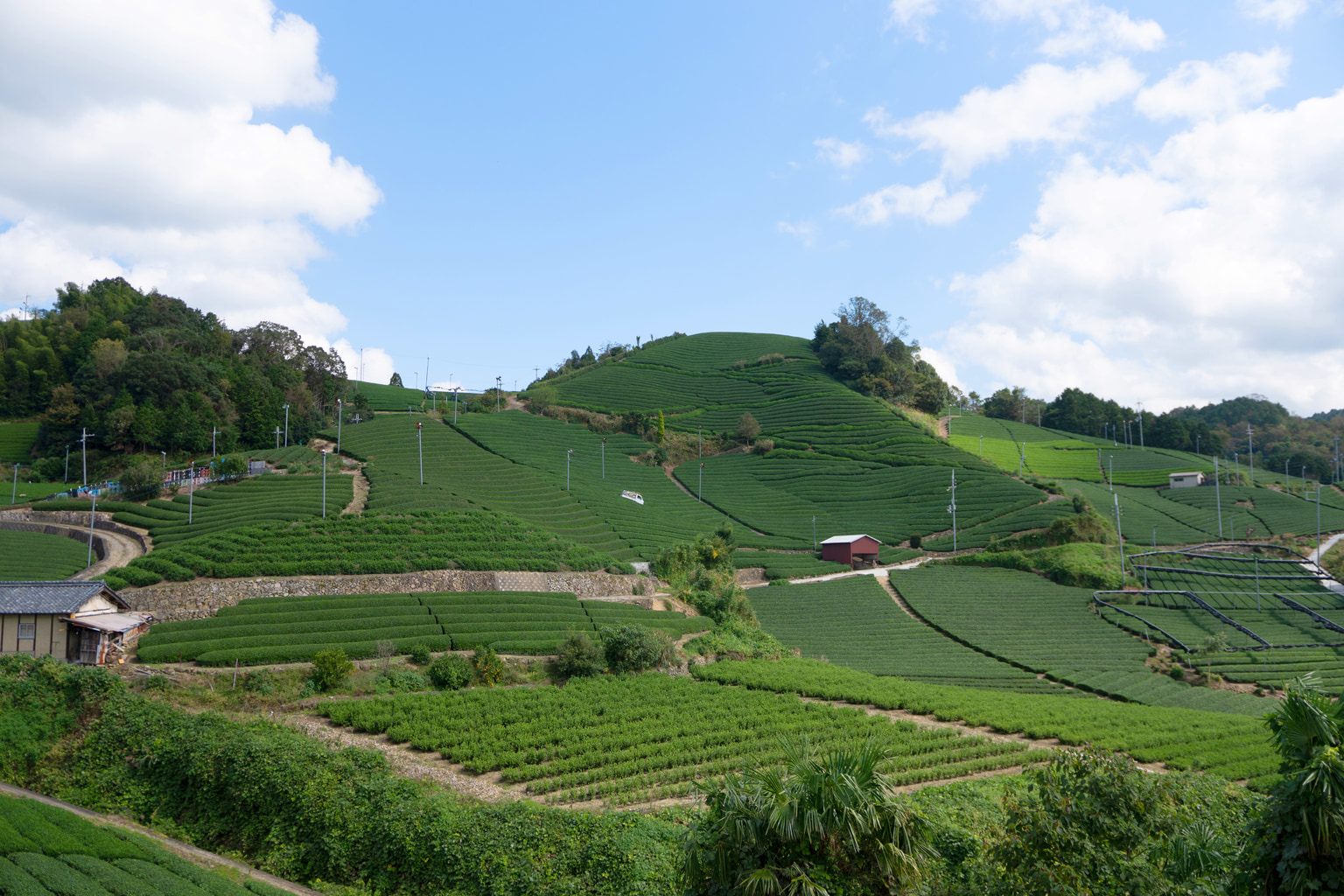
Wazuka-cho
After working the fields, it’s only natural to want to sample the local flavors properly. D:Matcha Cafe is a perfect spot to try an attractive sampling course of a variety of teas for your tasting enjoyment; Yabukita, subtle and smooth; Okumidori, with a sharp kick; Gokou, an expanding spiral of tastes when served at varying temperatures. For tea fans with a sweet tooth, an assorted sampling platter of ice cream infused with five different local teas is the perfect snack.
Matcha tea has exploded in popularity overseas recently, and Kyoto’s undisputed hotspot for matcha has to be Uji. This charming riverside town just south of Kyoto city is bursting with tea culture, and visitors can experience the famous tea ceremony for themselves at Taihoan teahouse next to the Uji Tourist Info Center. Guests can enjoy a fresh wagashi sweet and watch a professional tea expert perform the ceremony in an elegant, authentic atmosphere. After the demonstration, you can try mixing a bowl yourself, using traditional utensils and high quality – and great tasting – matcha tea.
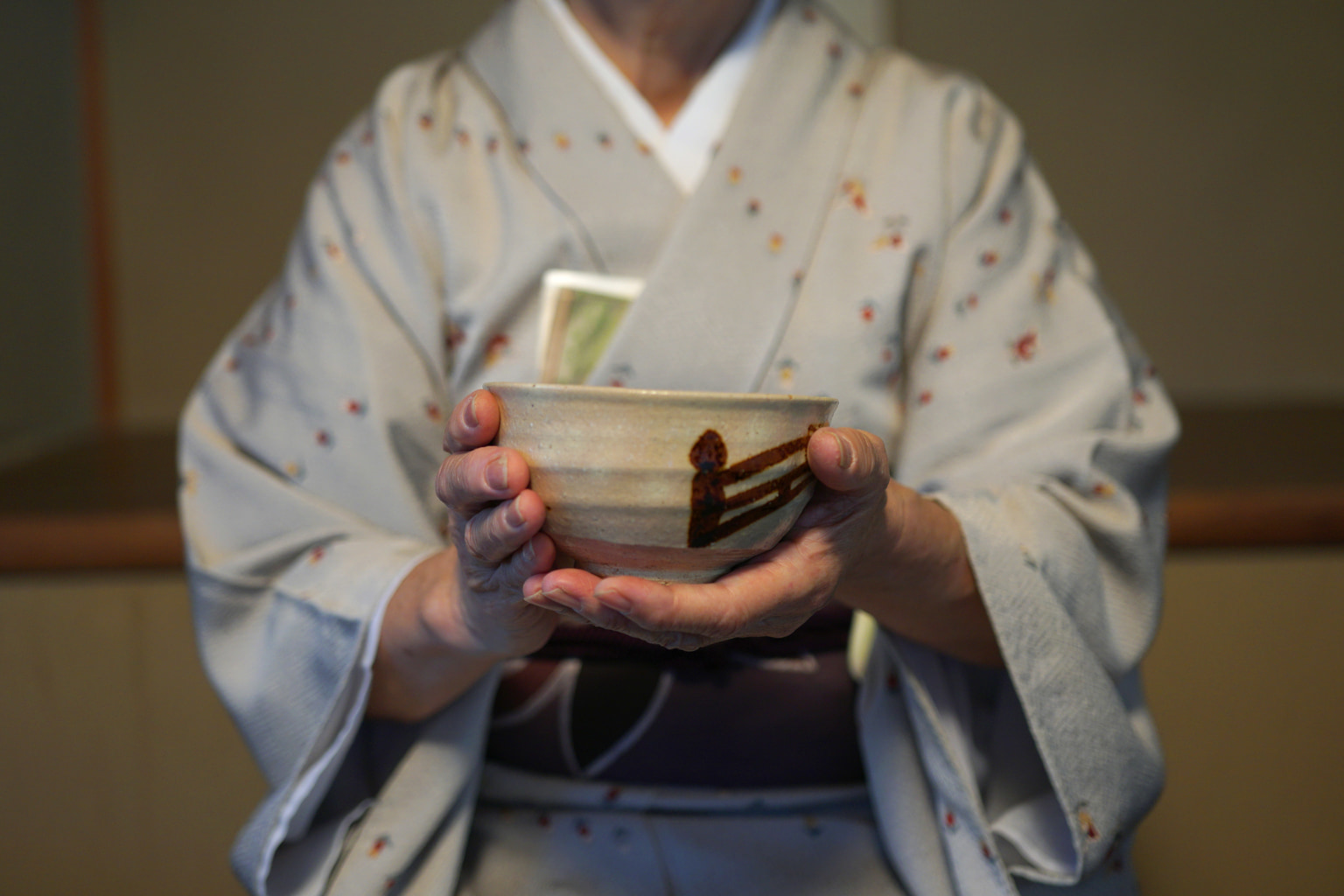
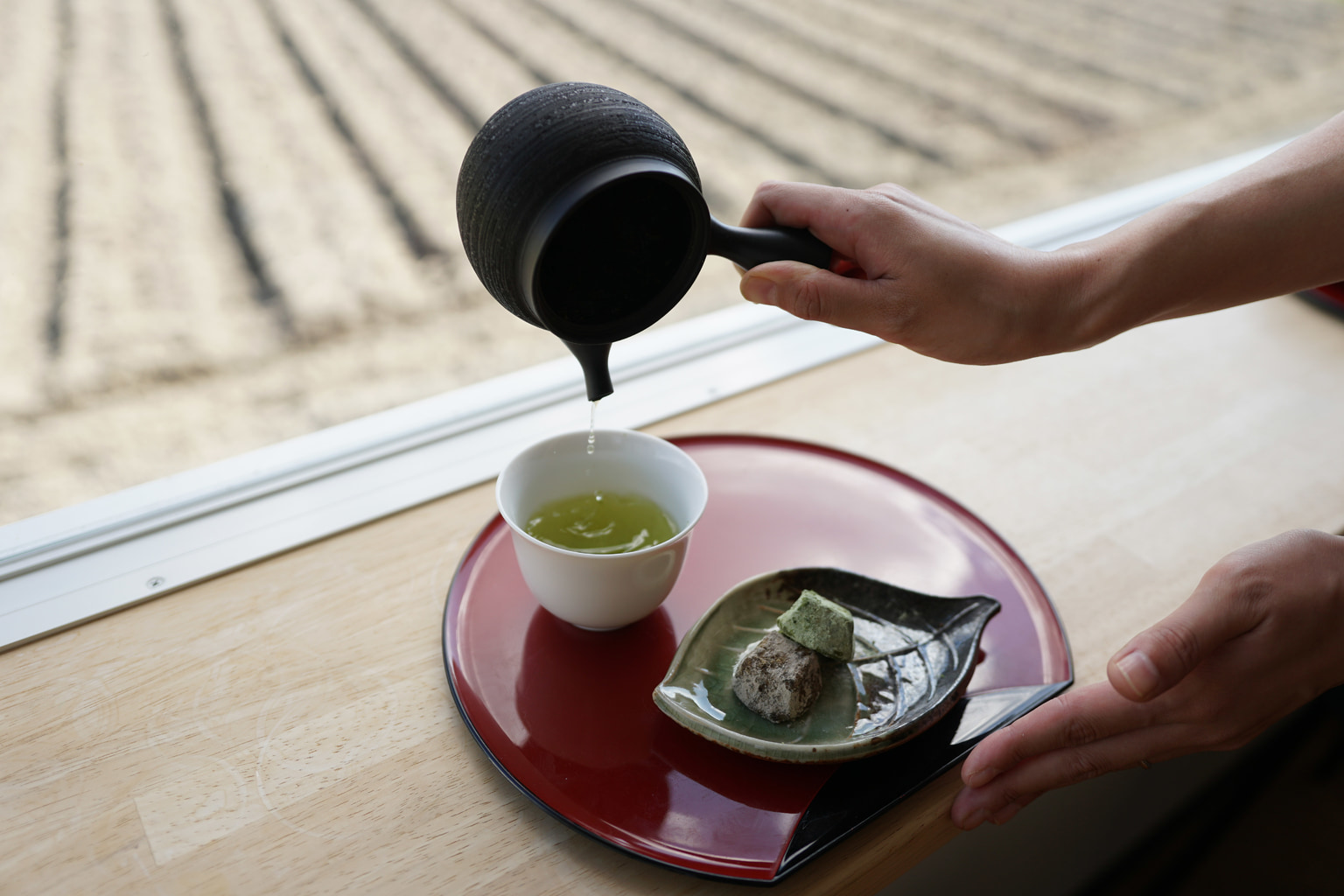
Surprising Suburb Secrets
Hidden in the western suburbs of Kyoto city are some secret spots that the tourists still haven’t discovered, and it’s well worth taking some time to explore the area.
The Take-no-michi bamboo trail is only a short taxi ride from Higashi-Muko Station, and serves as a wonderful alternative for the tourist-filled Arashiyama bamboo forest. For those hoping to snap some shots without all the crowds, the empty pathways and peaceful groves at the bamboo trail are beyond perfect.
Adventurous eaters who like their food spicy should check out the Gekikara Shotengai neighborhood near Mukomachi Station. Dozens of restaurants offer incredibly hot food here, and Minmin is the fieriest of them all. When preparing his infamous Grim Reaper Fried Rice, the chef wears an air filter mask to protect his lungs.
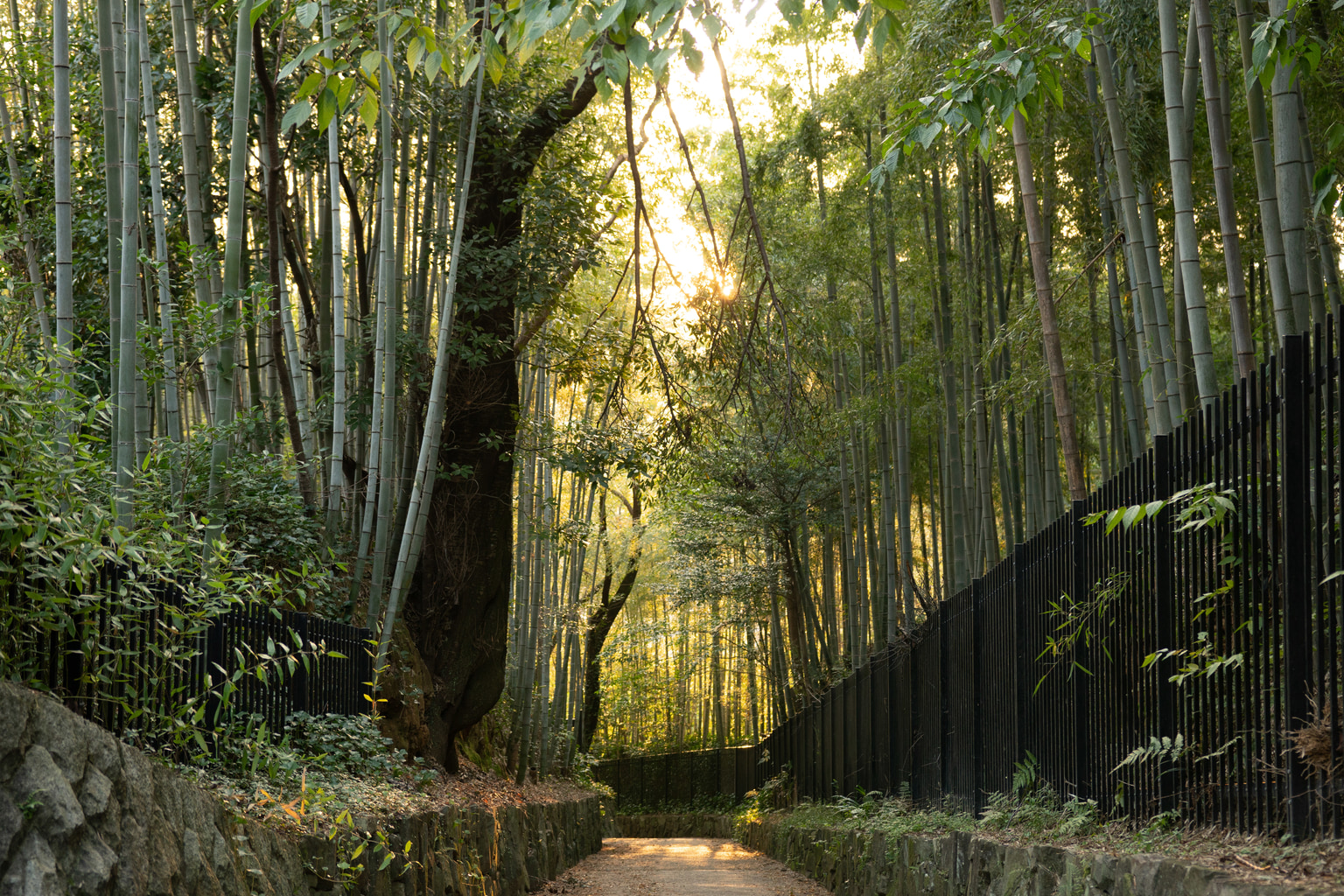
Rakusai Chikurin Bamboo Park
On the Keihan rail line between Kyoto and Osaka, hop off at Yawatashi Station for some excellent scenery. Shokado Garden offers a Japanese landscape with several rustic teahouses expertly situated in the layout. With more than 40 kinds of bamboo planted here, the garden is filled with creative landscape compositions and some truly spectacular scenery.
One of Kyoto’s best secret temples lies in these urban outskirts. There’s a good chance you’ll be the only visitor at Yanagidani Temple, but it’s not for want of excellent surroundings. There’s plenty to explore here, from richly decorated altars to vibrantly painted Buddhist statues. The main complex holds a fantastic garden that is quite possibly Kyoto’s best example of embracing verticality in landscape design. The gods tumbling down from heaven on clouds to greet you is immediately apparent in this inspired layout.
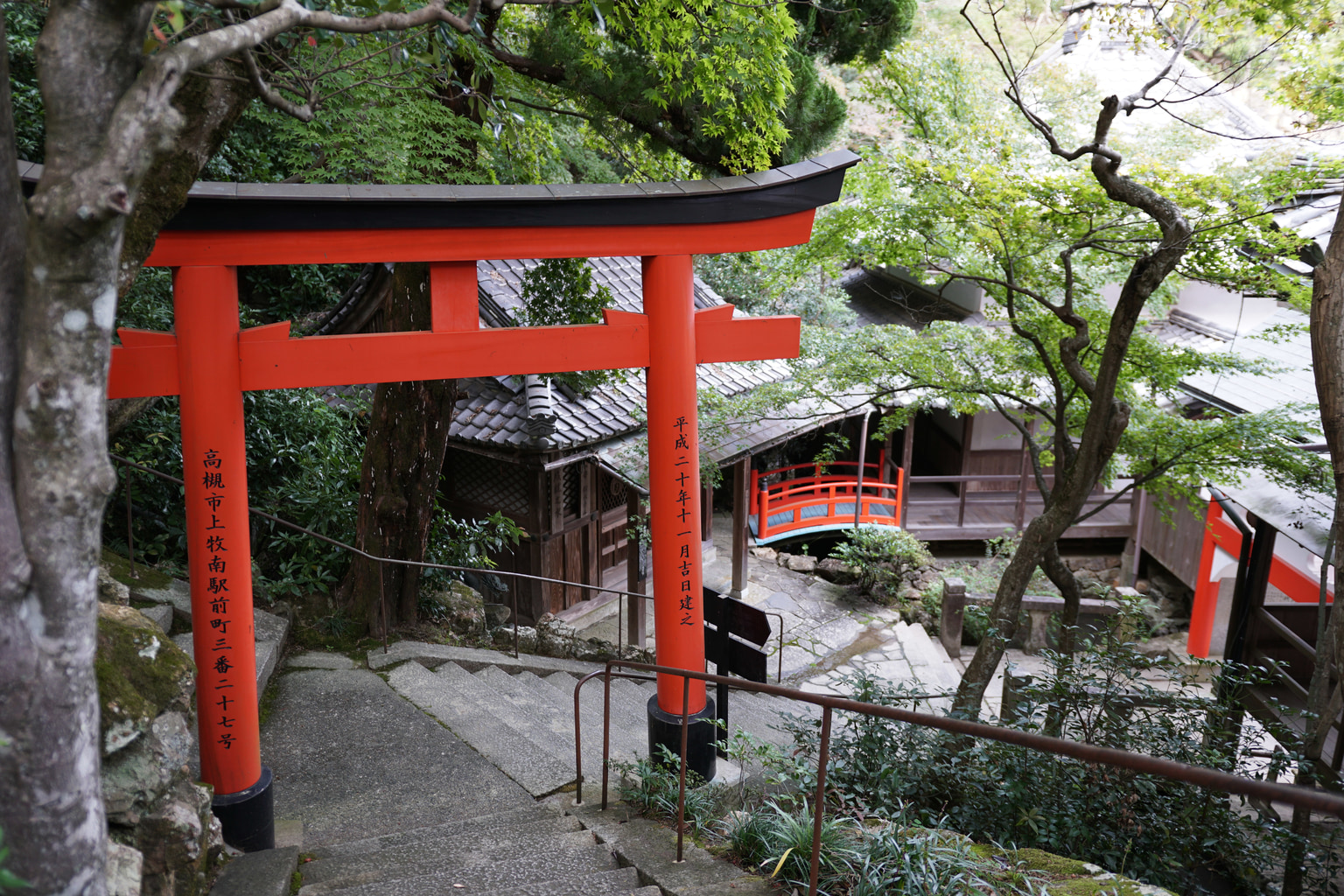
Yanagidani
Another fun destination lies to the west in Kameoka. This region is accessible via train from Kyoto Station, or by taking the Sagano Romantic Train directly from Arashiyama. In early autumn, Kameoka’s famous cosmos flowers are in bloom and make for some attractive photos. But Kameoka’s best-kept secret is a traditional one. Yuya Nakanishi is Kyoto’s only remaining blacksmith making traditional swords, and only one of only about 80 remaining swordsmiths in all of Japan.
In his workshop in a traditional farmhouse surrounded by forest, guests can watch him heat the iron in a hand operated forge and fold it over onto itself to create beautiful blades. If you want to take home a blade of your own, Nakanishi will host you for a private lesson, carefully instructing you as you learn to craft your own short sword or knife. This hands-on activity is a great way to get a feel for a traditional form of craftsmanship that is rarely practiced nowadays.
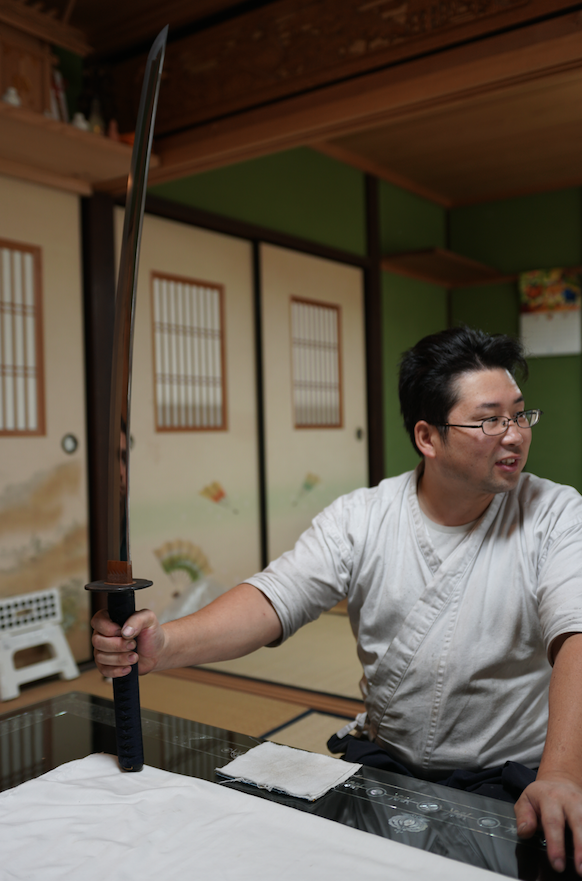
Yuya Nakanishi
Northern Hinterland Charm
When you’re ready for the full countryside experience, hop on the Kinosaki Limited Express train bound northward out of Kyoto Station. The rural scenery in this corner of Kyoto is deeply impressive. Thickly forested hillsides and open swaths of rice paddies are dotted with wooden farmhouses, some still sporting traditional thatched roofs.
Upon arrival in the sleepy coastal town of Kumihama, hail a taxi and head straight for Kinoshita sake brewery. Known for its sake named Tamagawa, the brewery is a treasure that deserves the attention of anyone who has an interest in Japanese spirits. The master brewer here is an Englishman, truly a rare twist in a scene that is usually fiercely traditional. Philip Harper revitalized this centuries-old local institution, and now produces a variety of sake so unique that it needs to be tasted to be understood.
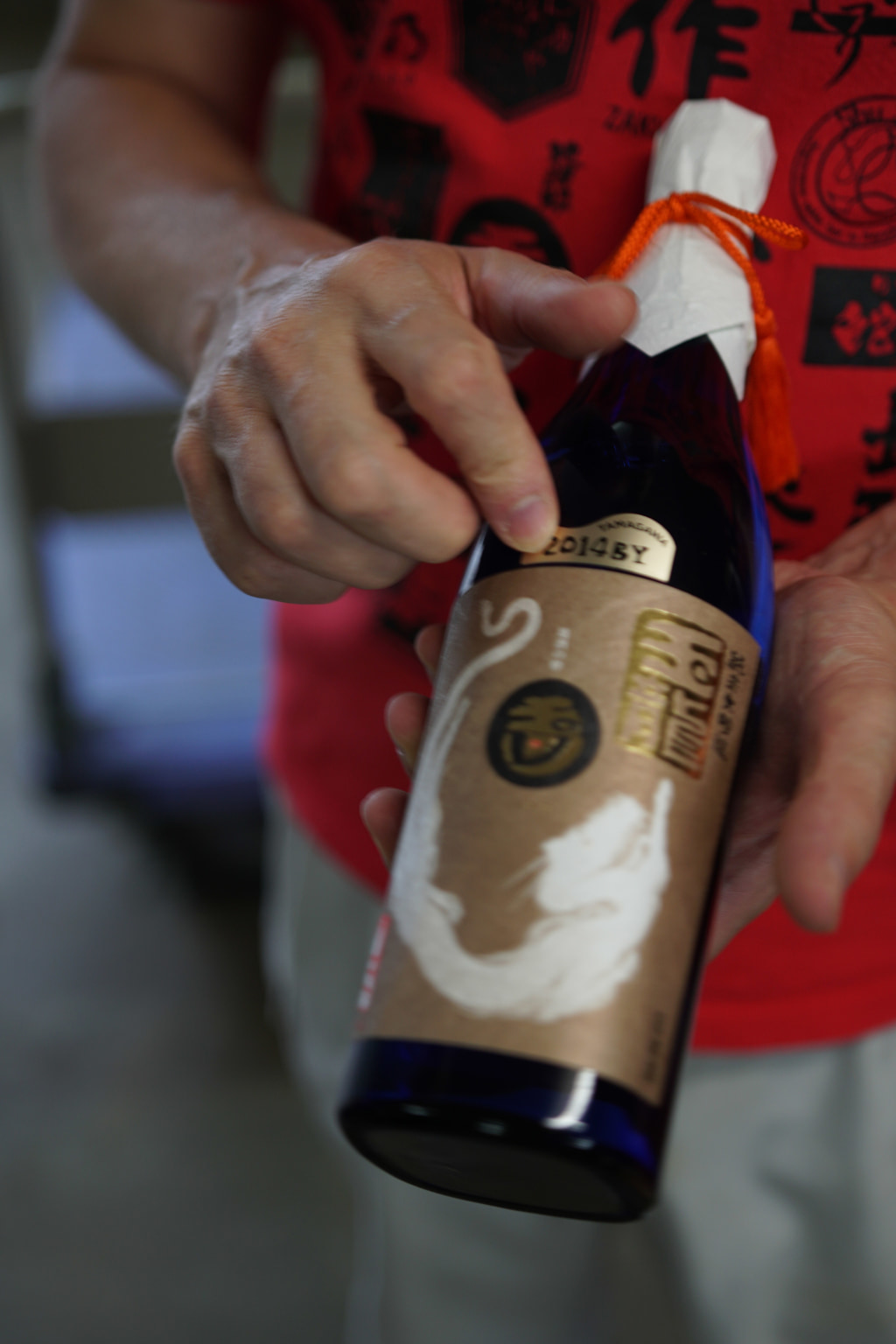
Tamagawa Sake
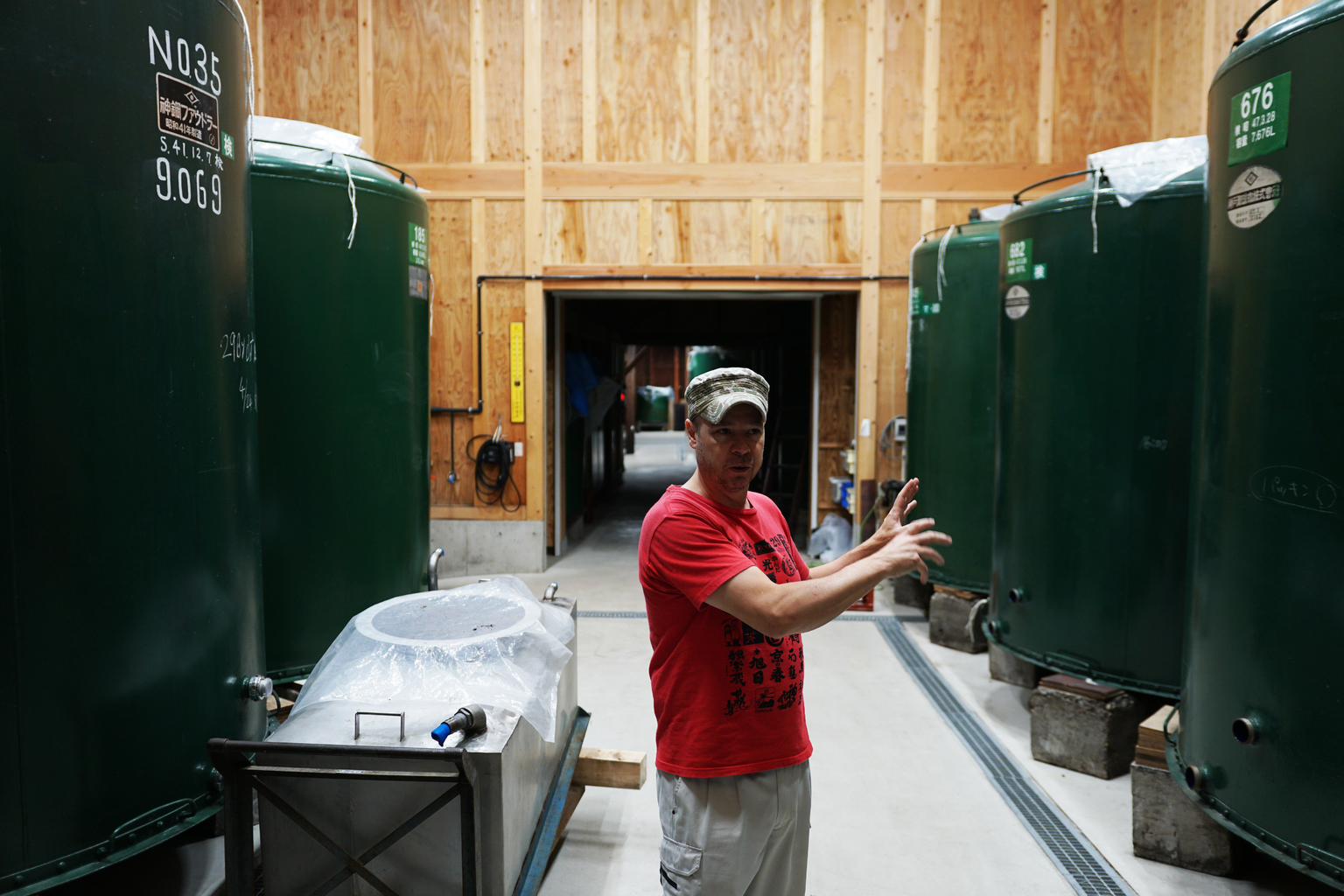
Philip Harper
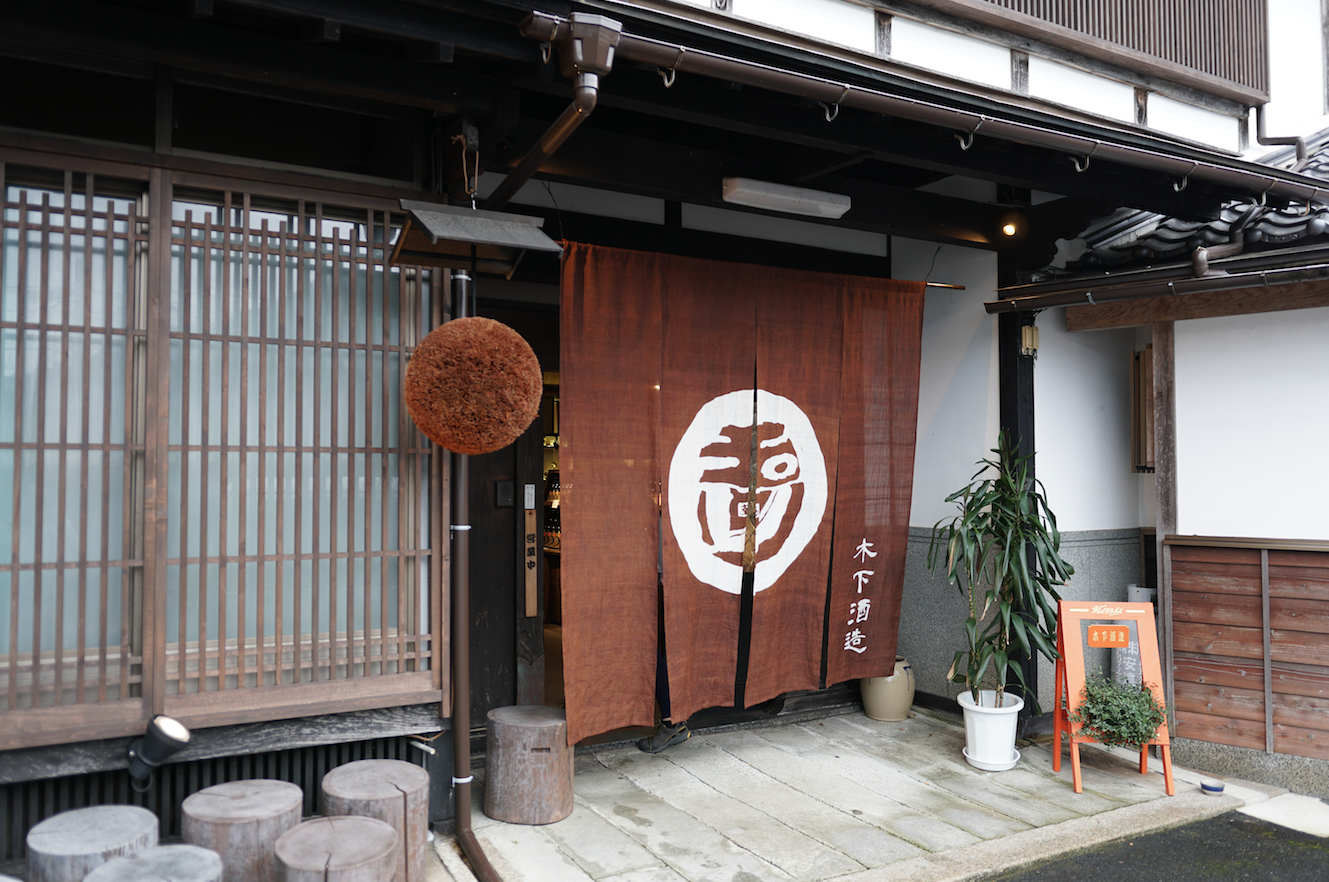
Harper says not to let the fact that it was brewed by a foreigner distract you. His eagerness to experiment is what makes Tamagawa special. Most sake brewers sell their product as soon as it’s ready, but Harper’s key to unlocking the true potential of the spirit is to age it. The vast difference in taste between a one-year and three-year sake is noteworthy, and adds a fun layer to sampling the variety at Kinoshita. For a real eye-opening experience, try the Time Machine Vintage brew. Created following a recipe from 1712, this one will shake up the way you think about sake.
The northern coast isn’t without its special cuisine to match the fine alcohol produced here. Barazushi is a local treat that was once served only for special occasions, but can now be eaten any time. Think of a layer cake, but instead of sugar and frosting, the layers are vinegared rice and simmered mackerel fish. Topped with a generous helping of shredded egg, delicate vegetables, and slivers of pickled ginger, this dish will satisfy your appetite for local flavor. Barazushi is best tried at Katagiya, a family-owned restaurant where the recipe has been passed down for generations.
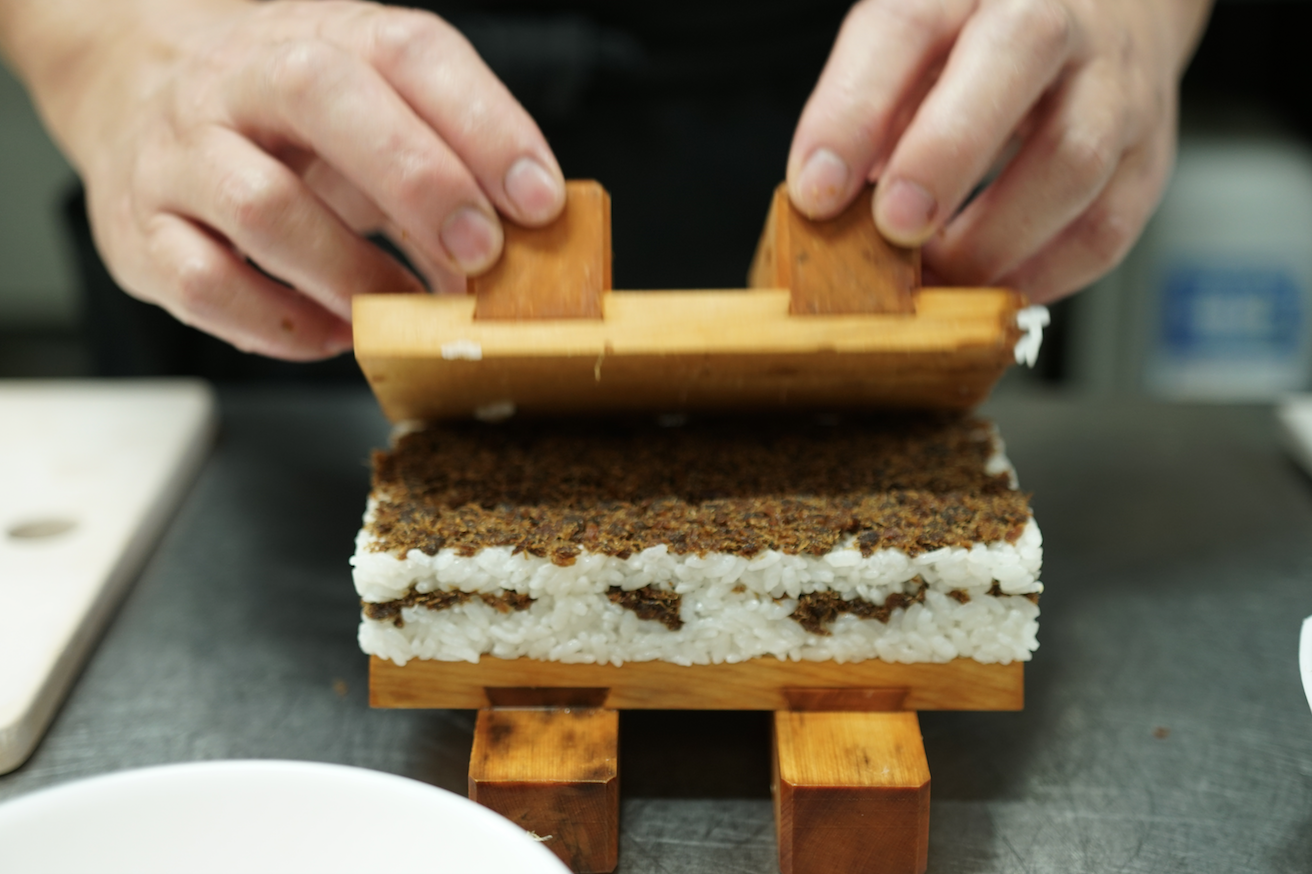
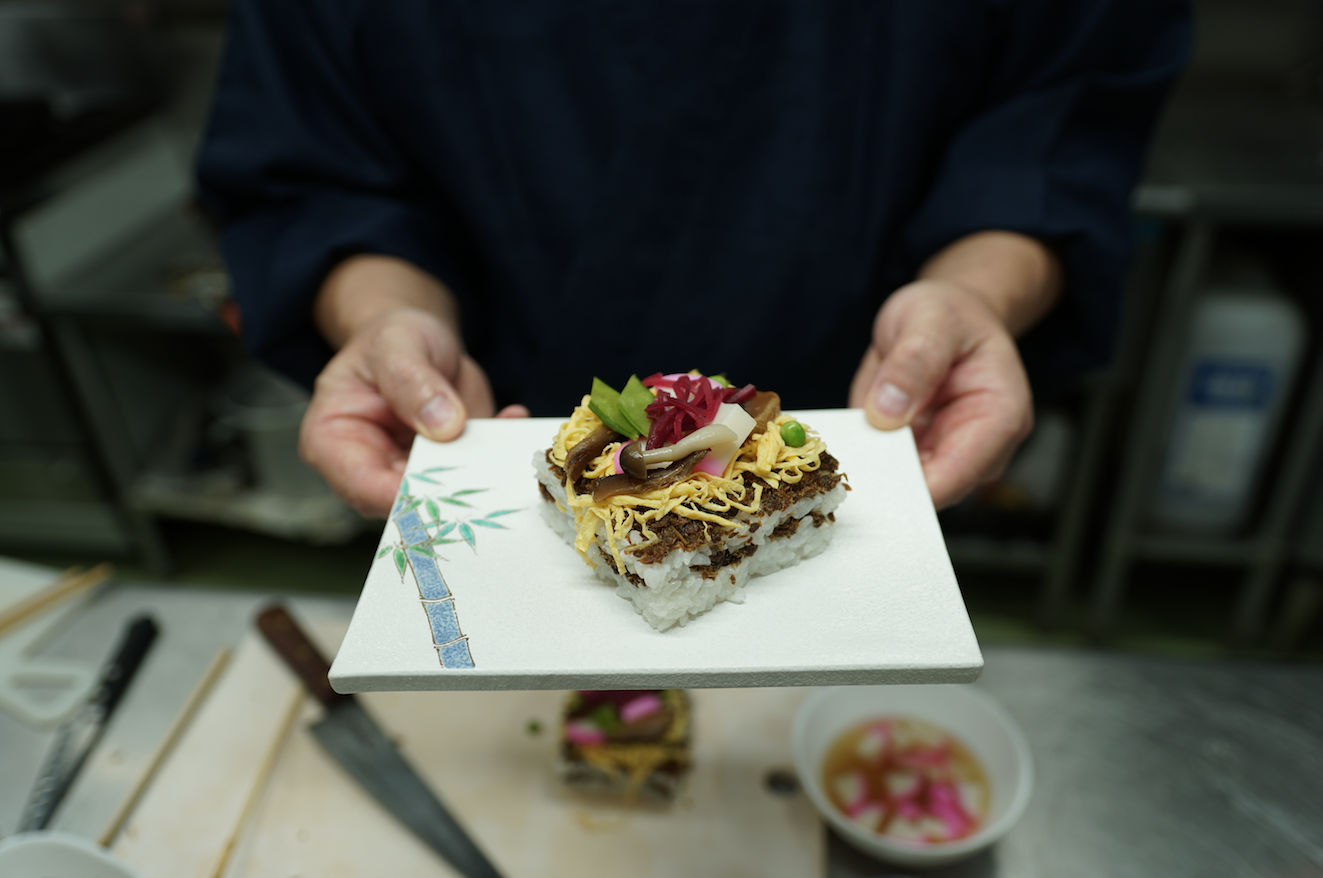
For a taste of country living in ages past, check out the Chirimen Kaido district, only a short bus ride west of Amanohashidate. The town of Yosano was once a bustling center for the production of chirimen, a delicate silk crepe fabric.
The Bitou Residence remains as a testament to the town’s handicraft heritage and former glory days. Now a museum, the Bitou family home grew into a large estate of multiple buildings housing residence areas, workhalls, and storehouses. Much of the house is preserved as it existed in 1863, yet there are a few rooms added in 1928 with a distinctively Western flair and a muted hint of Art Deco.
The freedom that visitors are given to walk through the compound and explore is unprecedented for a historical site like this. Seeing daily-use objects from the 19th century up close and in their original setting is a great way to get in touch with how prosperous locals once lived here.
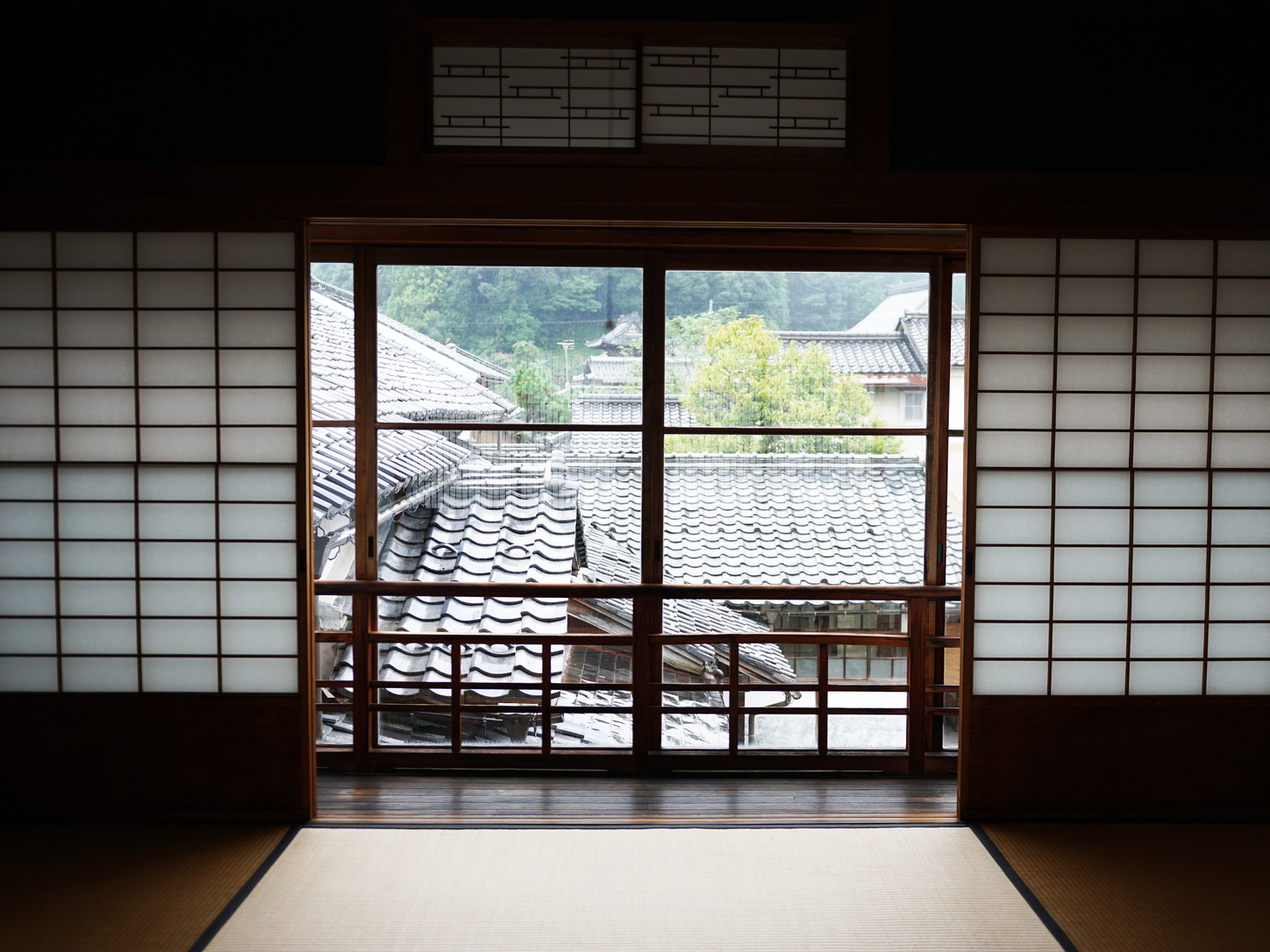
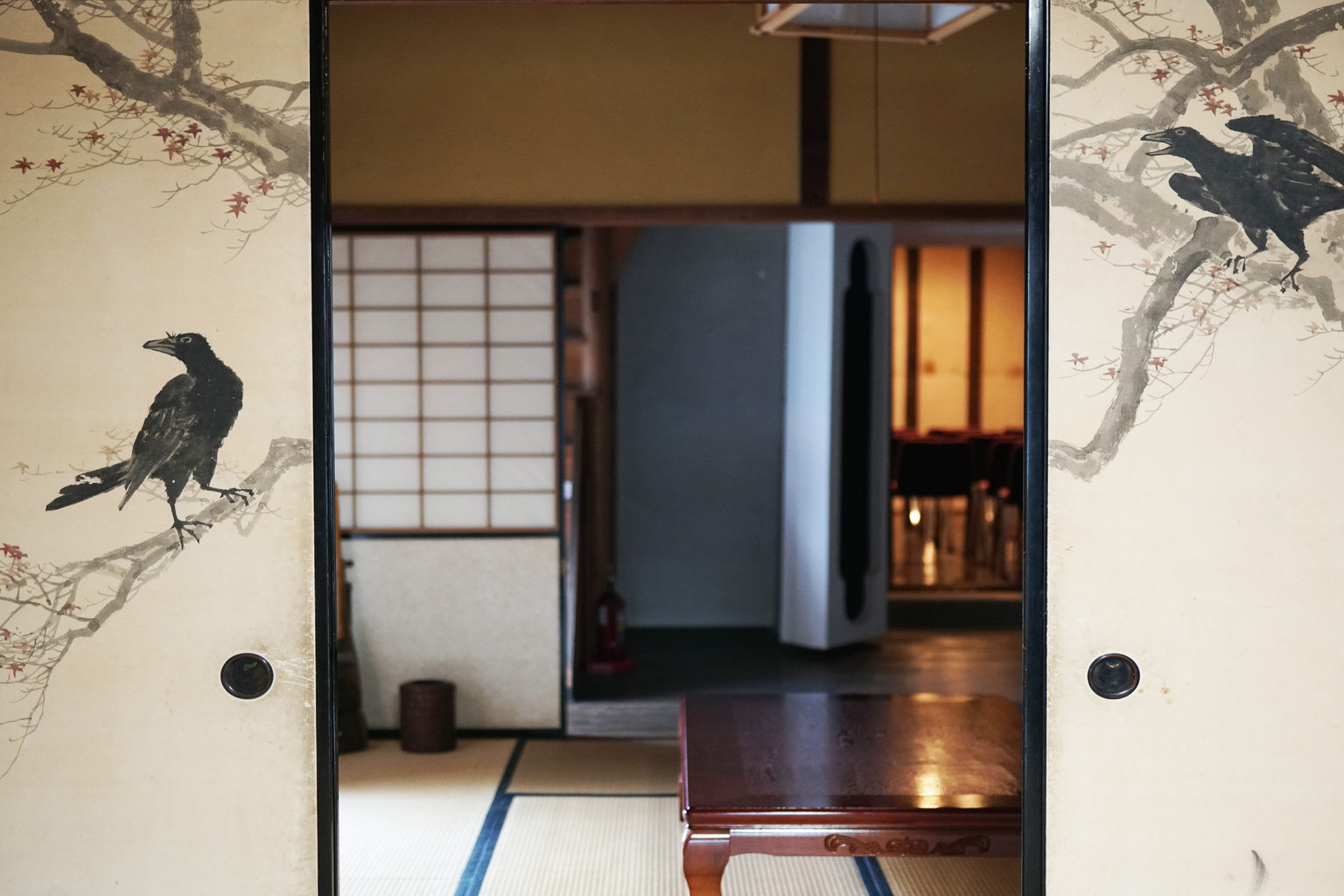
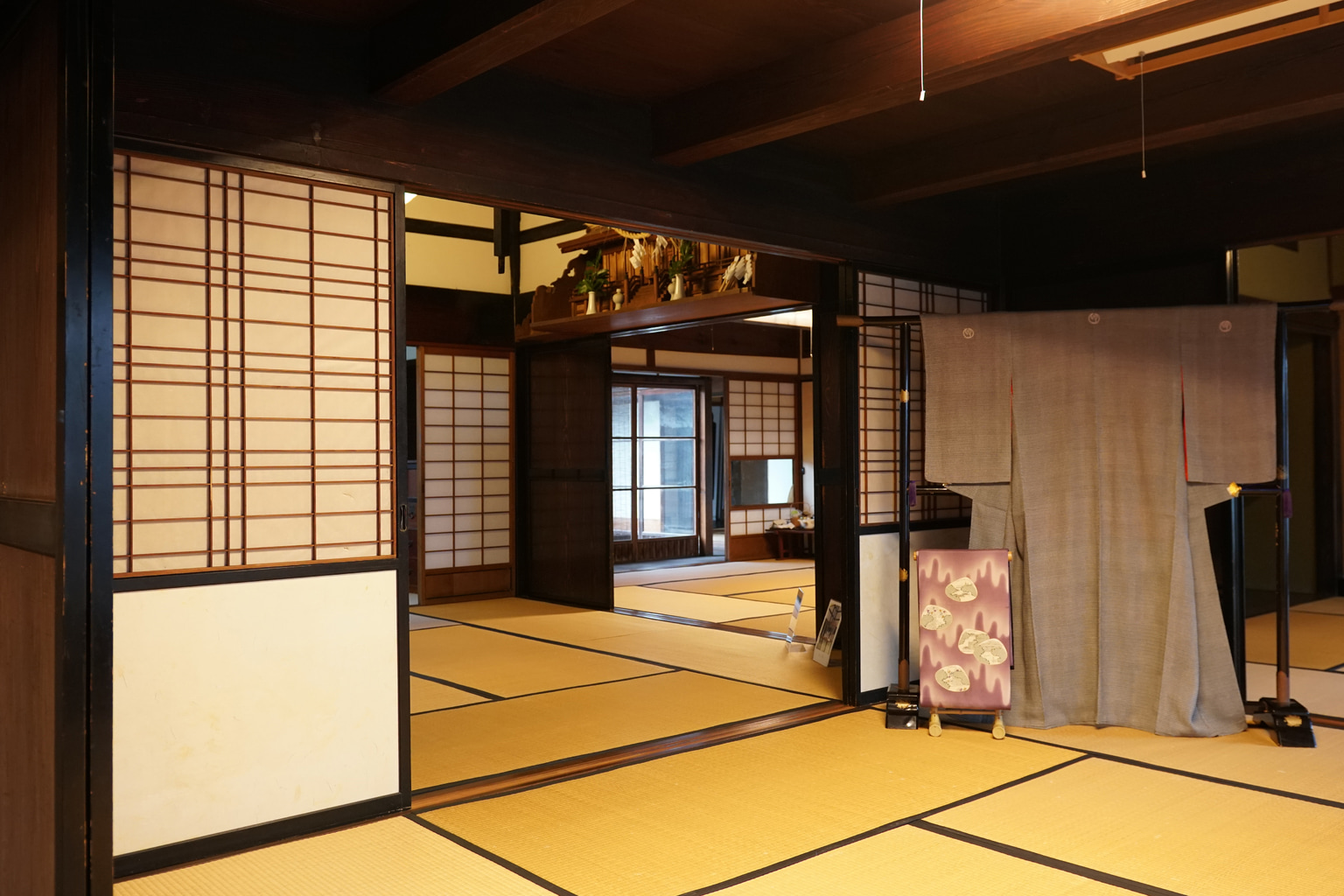
Kyoto by the Sea
One of the finest lesser-known treasures in northern Kyoto is the fishing village of Ine, set among natural harbors of stunningly clear water and tiny rocky islands. The unique houses here have a first floor that opens up directly to the water, creating a tight row of charming boat garages for local fishing skiffs.
Free rental cycles are offered at several points throughout Ine, making getting around town is easy. Take a ride on the local sightseeing ferry to get a waterside view of the boat houses, and be sure to try the town’s famous red sake. The local tourism office offers maps and helpful ideas for planning your day. This destination is one of the best rural seaside destinations left undiscovered by travelers to Kyoto, and is well worth the time it takes to get there by bus along the beautiful coastline.
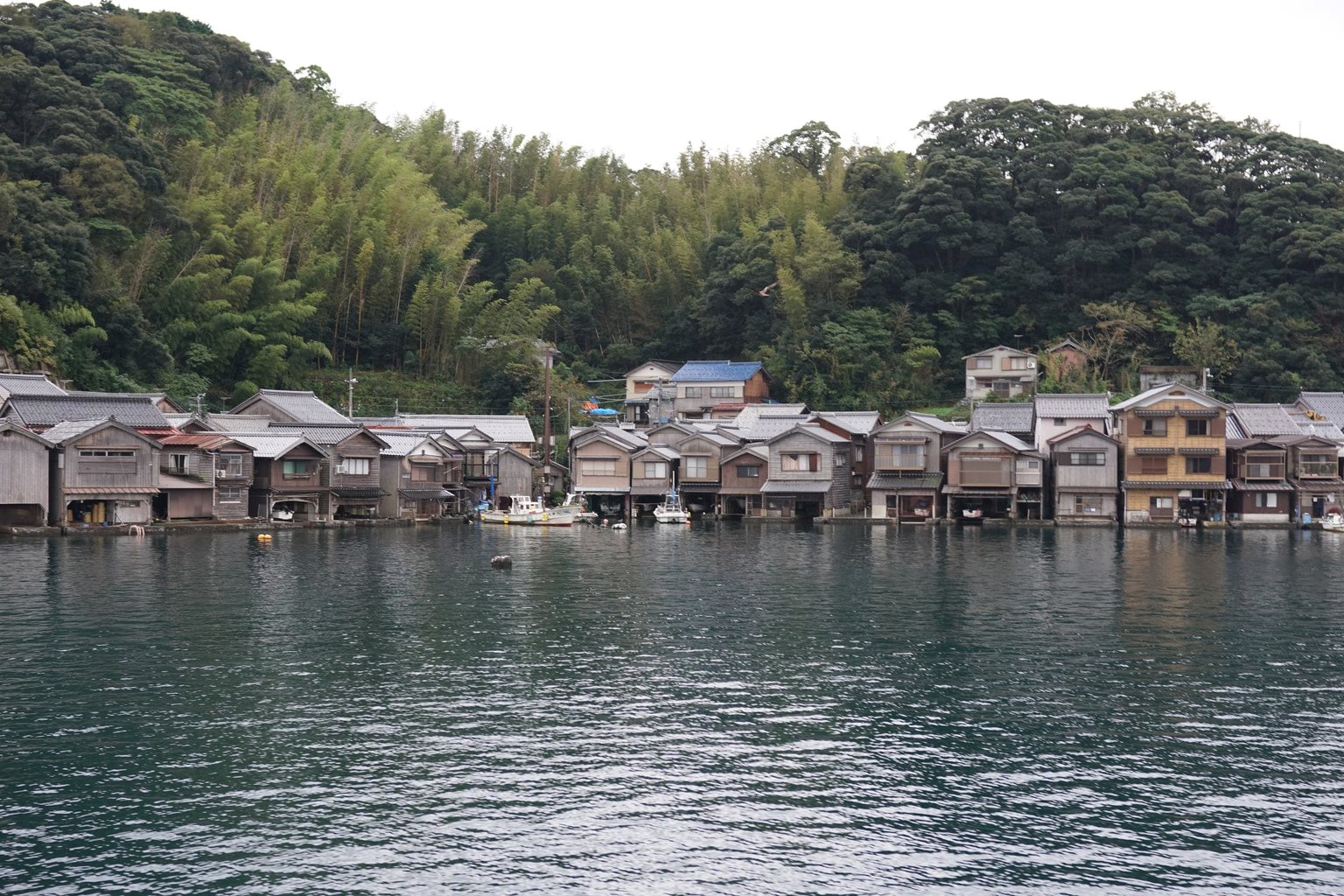
Ine Town
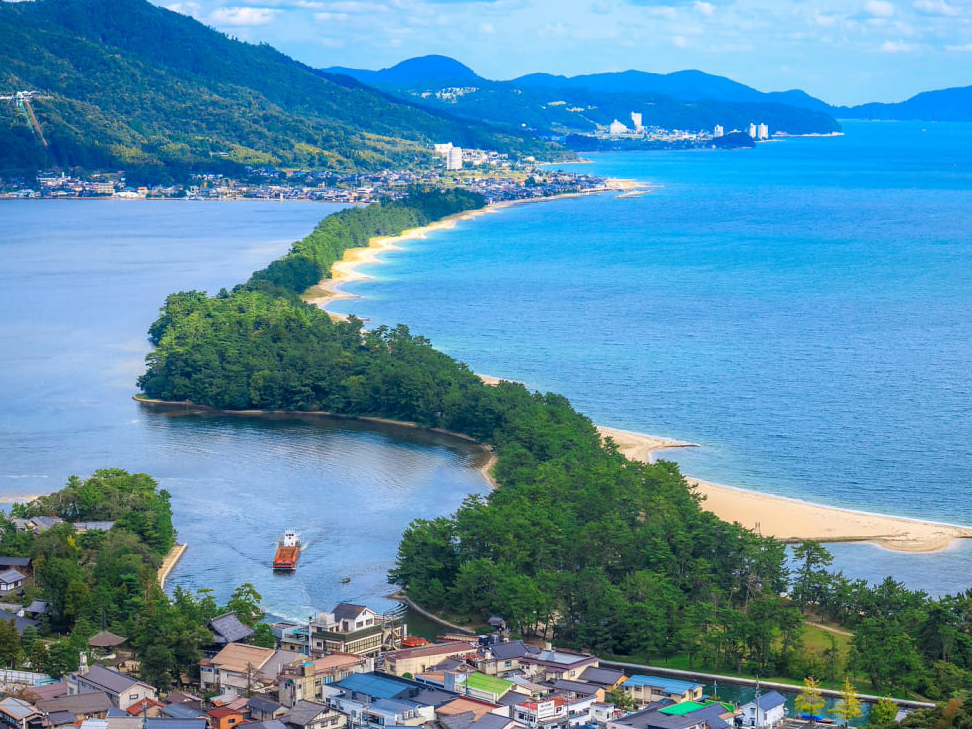
Amanohashinodate
Northern Kyoto is also home to scenery worthy of the Shinto gods. Amanohashidate is a long pinetree-covered sandbar stretching across the bay in Miyazu. Said to be the fallen ladder that the gods used to climb down to their favorite beach, this natural landmark has been known as one of the three best scenic views in Japan since 1643.
There’s no better spot to take in the heavenly landscape than from Amanohashidate Viewland. This small amusement park atop the hills on the southern end of the sandbar offers a classic view captured in art for centuries, but there’s a unique twist here. When seen upside down by bending over and peering through your legs, the sandbar is said to resemble a dragon flying into the sky.
Try it for yourself and see if the gods were right to choose this slice of earthly heaven for their private beachside playground.
Photographs by Robert Kirsch

